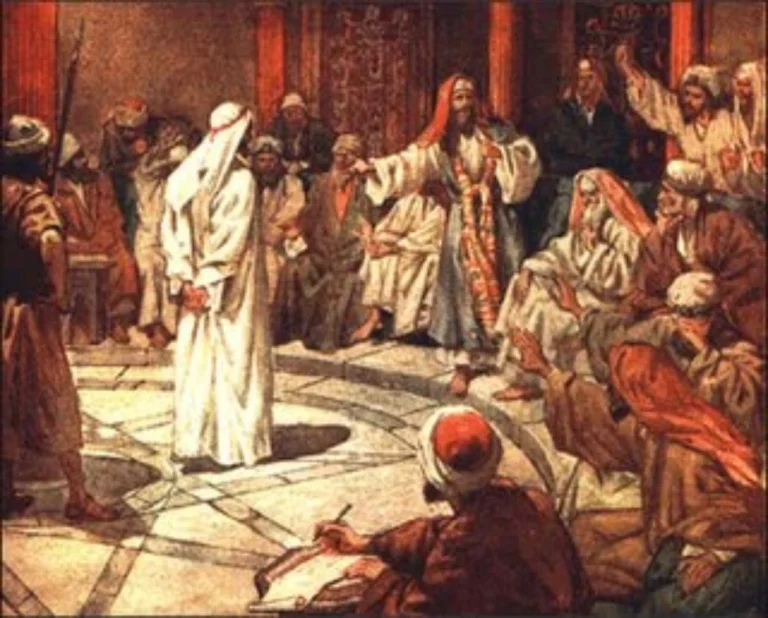Most voters are initially uncomfortable when given the opportunity to vote for meaningful change. They don’t want to be “radical”, or “rock the boat”. The previous column mentioned Pennsylvania’s “cleansweep” campaign to vote out all judges who accepted what was felt to be an illegal pay raise.
About 9% of the voters in a low turn-out, off-year election did vote “no”. In a high turn-out, presidential election, twice as many voters would have voted. That 9% who voted “no” would have been increased, as well, probably to 15-17%.
That’s where the idea of “grassroots” activity becomes especially meaningful. If each voter in the 15% of “no” voters would only convince between three and four other people to vote “no”, their “cleansweep” campaign would carry.
A successful “grassroots” campaign would provide talking points to help that happen. Each “no” voter can readily accept a goal of talking to six or eight other voters. They only need to convince half of those voters that it’s their “duty” to “send a message” because “that’s the only way we can stand up for what’s right”.
A simple sentence with two or three talking points is all that’s necessary to “send a message”.








